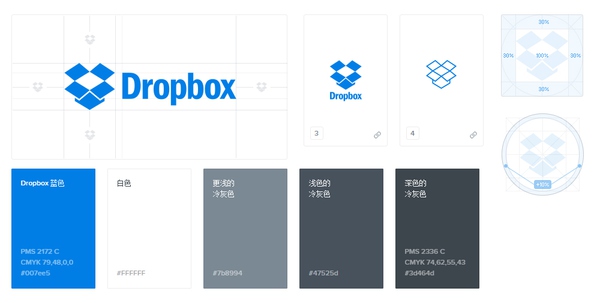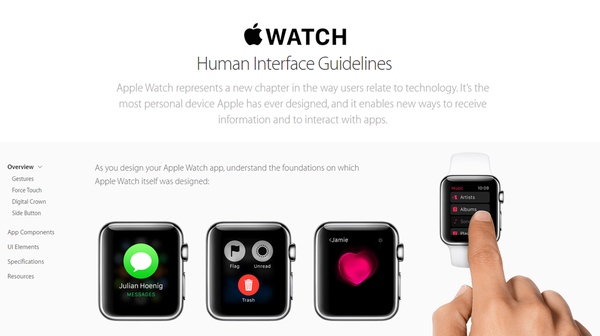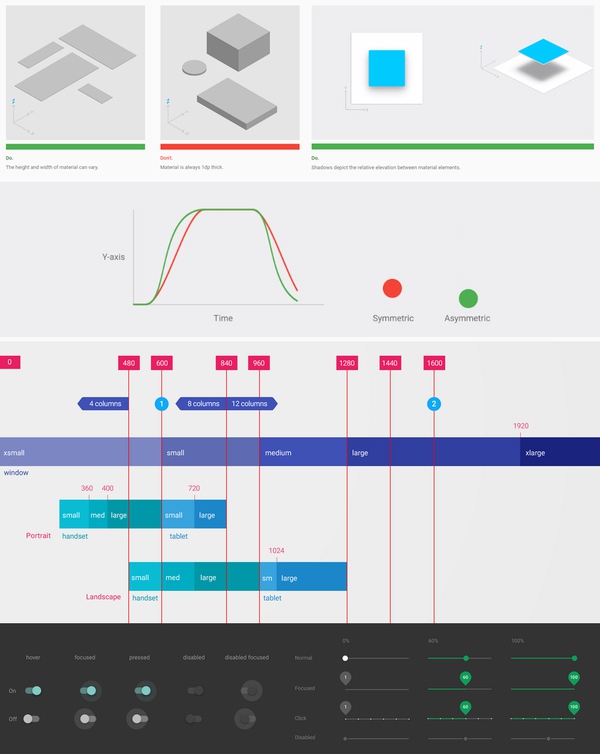
Recently, many designers have asked me about design standards, such as product design consistency, fault tolerance, simplicity, and emphasis on content. In these questions, I found that everyone has some deviations or incompleteness in the dimensions of thinking about design standards, so today I want to record some of my superficial ideas about how to think about design standards, and I hope it will be of some help to you.
1. The importance of design standards
Let me talk about the importance of design standards first. In the process of product design, we often encounter questions such as “how to evaluate the user experience design quality of current products”, “how to prove that the quality of user experience design has improved after this revision”, and “how to prove that the design team is in this product’s key data The design value embodied in the promotion”, etc. Of course, business value manifestation, product success, user feedback, data verification, etc. can all become key reference points for us to judge the quality of product user experience design, but I think the design team should have a unified, effective and credible design standard. Standards lead the team to carry out design work. This design standard should be customized according to the team’s corresponding business, and at the same time conform to the mainstream standards and trends of user experience design. This design standard can help the design team understand the design goals and improve the overall professional capabilities of the design team; it can help the business team fully understand the user experience design, have a professional user experience design thinking dimension, and improve the efficiency of cooperation between the business team and the design team; It can help customers better understand the process of product design and the value of user experience design, and enhance customers’ understanding and appreciation of products.
There are many benefits of design standards, which can be used in key tasks of product design such as guidance, self-test, expert testing, status analysis, revision verification, trend analysis, etc. Therefore, every team should have a set of design standards. It is not difficult to establish design standards, but to implement, iterate, and upgrade in real projects requires designers to work hard, and to promote it requires the design credit and design status of the design team to be sufficiently high. The establishment, enrichment, and promotion of a set of design standards requires a lot of effort by the design team.
The design standard of our team is the company’s internal materials and cannot be shared externally. But with a basic idea, I believe that everyone can establish a preliminary version of the design standard that can help you design products or support your business.

2. The way of thinking about design standards
Although I cannot share the design standards of our team, I can share my own way of thinking about design standards. After working for so long, the dimensions of thinking have begun to be diversified and enriched. I tried to analyze and understand a design standard from 3 dimensions. Before I knew that there was a question that invited me to answer what is the consistency of user experience design. Today I will use consistency Take this design standard as an example.
a. Macro dimension
First of all, the first step in thinking about a design standard should be from a macro perspective. What is the macro dimension? My understanding is the information architecture dimension, product form dimension, industry ecological dimension, business dimension, etc. on the interface and basic processes.
Thinking about consistency, we can try to think about the following questions:
Is the information framework of the entire product complete, effective and consistent? Does the framework of each small module under the overall product information framework have the consistency of the framework dimensions? For example, consistent delivery of high-efficiency operation ideas, such as thin-level practices, such as content-first design attitude, etc.
Is the product form dimension consistent? For example, the overall visual style of the product, such as the user focus and control that the interaction design focuses on, such as the user operation guidance embodied in the motion design. The consistency of the product form should run from the information architecture layer to the element layer to ensure that every use scenario of the entire product is consistent and effective.
Can the product be consistent with the industry ecology? For example, which of the core functions of the product are breakthrough innovations should be different, and which are required to meet the needs of the scene design of the public user’s mental model; for example, every mobile phone can take pictures, if we want to make a mobile phone that cannot Think well before acting? These points need to be considered clearly, because users use a large number of products in the real world, and their mental models and behavior patterns are popular. Our product form needs to conform to industry trends in many areas to ensure product affinity for users.
Is the commercial and design integration of the product consistent enough? For example, a free game is profitable through in-game consumption, so the entire product must be consistent in the dimensions of business thinking in terms of how to guide users to consume and how to operate, so as to help the product achieve the best commercial results.
This is a macro-dimensional thinking with consistency as an example. The consistency of the macro dimension helps the product control the general direction, helps the business team and the design team establish the overall control ability and quality constraint ability of a product, and helps the designer control the overall product information framework, visual style, brand communication ability, etc., Help the business model get consistent promotion in the product.

b. Interface and process dimensions
Secondly, it is necessary to think about the consistency of the interface and process dimensions. This thinking mode is easy to understand.
Interface dimensions, whether the interface layout, focus method, priority, and storytelling method of interactive design are consistent; whether the style setting, visual effects, appeal, and brand communication ability of visual design are consistent; whether every move and meaning expression of motion design is consistent Unanimous.
Process dimension, whether the product provides users with a consistent process experience in each line of operation flow. Product process design should allow users to feel natural, easy to understand, and efficient in reusing experience during the entire product use process, rather than uncomfortable, low efficiency, and the same operation that brings different results.
This is the interface and process dimension thinking with consistency as an example. The consistency of the interface and process dimensions helps the product to be formed as a whole, consistent and effective, to help the product achieve a unified interface style, and to help users relax and enjoy the product.
c. Element dimensions
Finally, the consistency of the element dimensions cannot be forgotten, and this mode of thinking is not difficult to understand.
For example, interactive controls need to penetrate the entire product uniformly. A filter, a drag bar, a tree structure opening method, etc., must have overall product consistency. This consistency is reflected in the larger the product. The greater the significance.
For example, the consistency of the icons, a visual style, and an expression logic are clear throughout the product.
For example, the consistency of a drop-down animation, the consistency of a transition animation.
For example, the consistency of the wording, “confirm” or “determine”, “you” or “respected user”, first person or third person, a product must be connected.

This is an element-dimensional thinking with consistency as an example. The consistency of element dimensions helps every partial detail of the product to be clear and consistent. The consistency of multiple dimensions and multiple details greatly enhances the exquisiteness of the product, improves product quality, and enhances the joy of users using the product.
The analysis of consistency is just the beginning. Designers can use this way of thinking to analyze other design standards. The process is different, the conclusion is different, but the idea is the same.
This way of thinking is just the beginning. Start thinking from the macro, interface process, and elements (these three thinking dimensions will overlap each other, please grasp the classification method by yourself), which can only mean that designers start from the overall, partial, and single point of a product Decompose and think about product design. In the future, you need to adjust the way of thinking according to the product’s commercial form, business function, user needs, etc., while designing, verifying and reflecting, so that you can use a more in-depth way of thinking to make a beautiful product, comfortable product, Products that make users happy.
